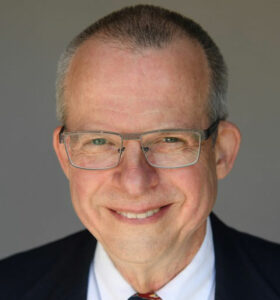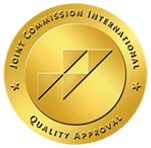Bayview Recovery therapists have had excellent success with contingency management therapy. When clients struggle with substance abuse and addiction, it’s a therapy option that promises success. How does it work? Most importantly, how could it help you heal from chemical dependency today?
Understanding the Nature of Addiction
Contingency management therapy works because it factors in how addiction hooks its victims. A case in point is alcohol. Initially, alcohol use results in rapid dopamine release. It causes you to feel good, relaxed, and overall happy.
Dopamine is the body’s feel-good neurotransmitter that the brain usually releases. It does so to reward life-sustaining behaviors. Examples include eating tasty meals and exercising. Drugs trick the brain into releasing dopamine with chemicals.
However, the brain catches on. It changes the way it releases the neurotransmitter. Eventually, you have to goad the brain into doing so by providing the drug’s chemical. Without it, you fall into a depression because dopamine is lacking.
Contingency Management Therapy Adopts an External Reward System
Bayview Recovery is the cognitive and dialectical behavioral therapy program in Tacoma, WA. As such, we provide psychotherapy for people who want to heal from substance abuse. However, doing so sometimes feels bad. Case in point is someone who’s seeking help for a drinking problem.
This client may have already lost a job or relationships, and their health is definitely suffering. Similarly, they might have noticed some cognitive changes due to long-term alcohol abuse. At least drinking enabled the person to forget about all these problems for a while.
Now, as they’re trying to stop drinking, the consequences of addiction are always on their mind. The contingency management therapy program in Tacoma, WA, creates a reward system. You sit down with a therapist to discuss your situation. Since you’re an adult, you actively participate in shaping your contingency management therapy.
The first step is to define a target behavior. What is it that’s tough for you right now? If you’re participating in an intensive outpatient program, then not drinking could be a challenge. Therefore, your target behavior could be a random drug test that comes back clean.
Next, you work with the therapist to establish the reinforcing element. It’s what makes contingency management therapy work. Examples could include special privileges at the facility, food rewards, or money. Everyone’s reinforcer is different.
That’s because each client’s needs are different. Some people don’t care about their privileges. Others are not particular about food. For others, money isn’t a motivating factor.
Once you and your therapist select the target behavior and reinforcement, you discuss a duration. How many clean drug tests will it take to receive the reward? After you agree on the frequency, the deal is on.
Making it Part of a Comprehensive Care Protocol
Some people suggest that the contingency management therapy program Tacoma WA trusts works as a stand-alone modality. Bayview Recovery therapists disagree. While it might be valid for a small group of clients, the vast majority does a lot better with added modalities. Examples include:
- Cognitive behavioral counseling that empowers you to develop and use functional coping skills where there’s now dysfunction
- Dual diagnosis therapy for underlying psychiatric conditions that create triggers and stressors
- Trauma therapy that enables you to reprocess traumatic situations from the past to remove substance abuse temptations
- One-on-one talk therapy as a tool for setting goals and creating benchmarks for reaching them
- Relapse prevention planning that begins on day one of treatment and continues for the duration of your stay
Almost all clients do well in a residential treatment program. It encourages you to live at the facility. Moreover, you have the opportunity to interact with peers, who’re also in recovery, after hours. That said, it’s not the only way to recover from substance abuse.
Partial hospitalization is a good choice when you don’t need around-the-clock supervision but want to benefit from sober living. You live off-campus in a sober-living home. There, you spend your evenings with your peers. During the day, you come to the rehab facility for treatment.
Learn more about your care options by connecting with Bayview Recovery. That’s also an excellent time to find out more about signing up for contingency management therapy. Call 855.478.3650 right now for immediate assistance.

 Dr. Dave Cundiff, MD, MPH (Medical Reviewer)
Dr. Dave Cundiff, MD, MPH (Medical Reviewer)






